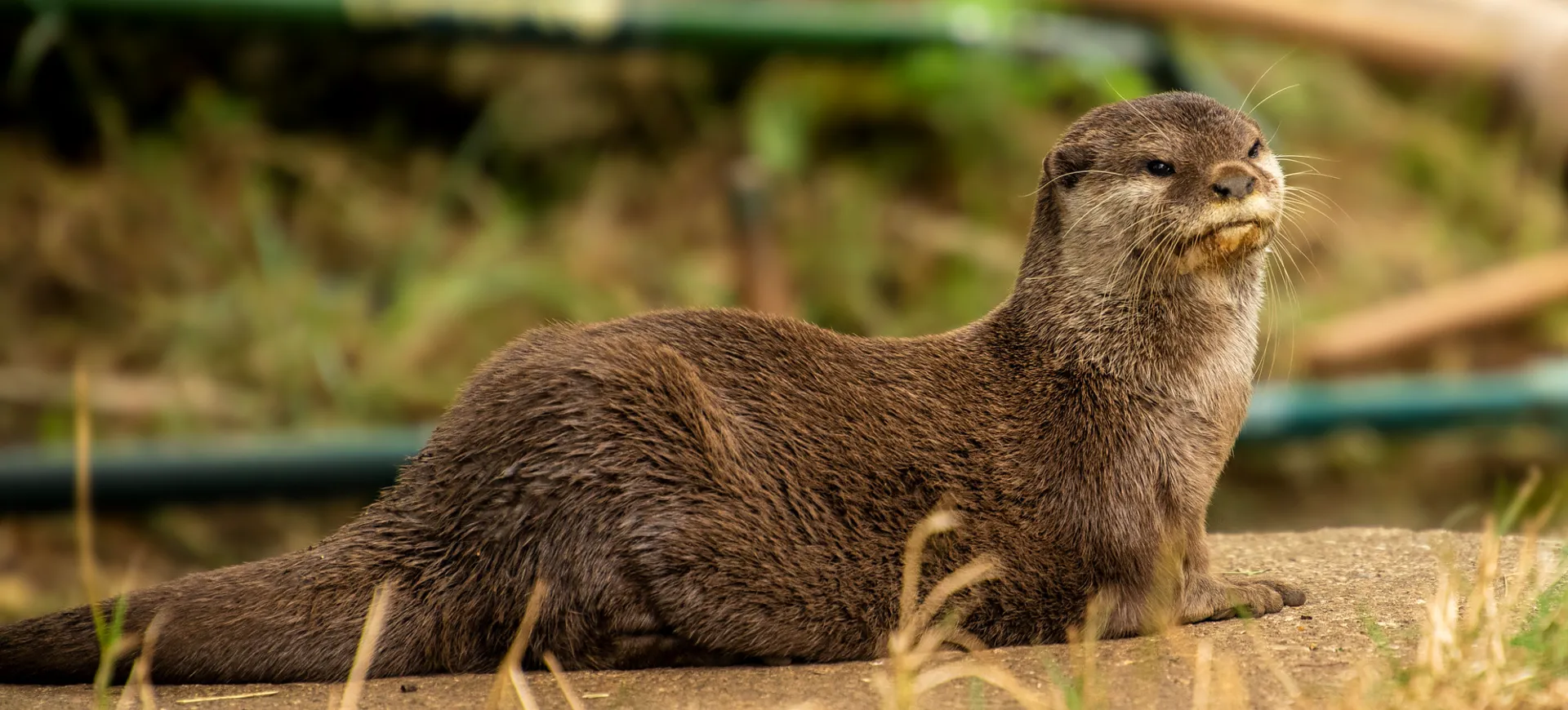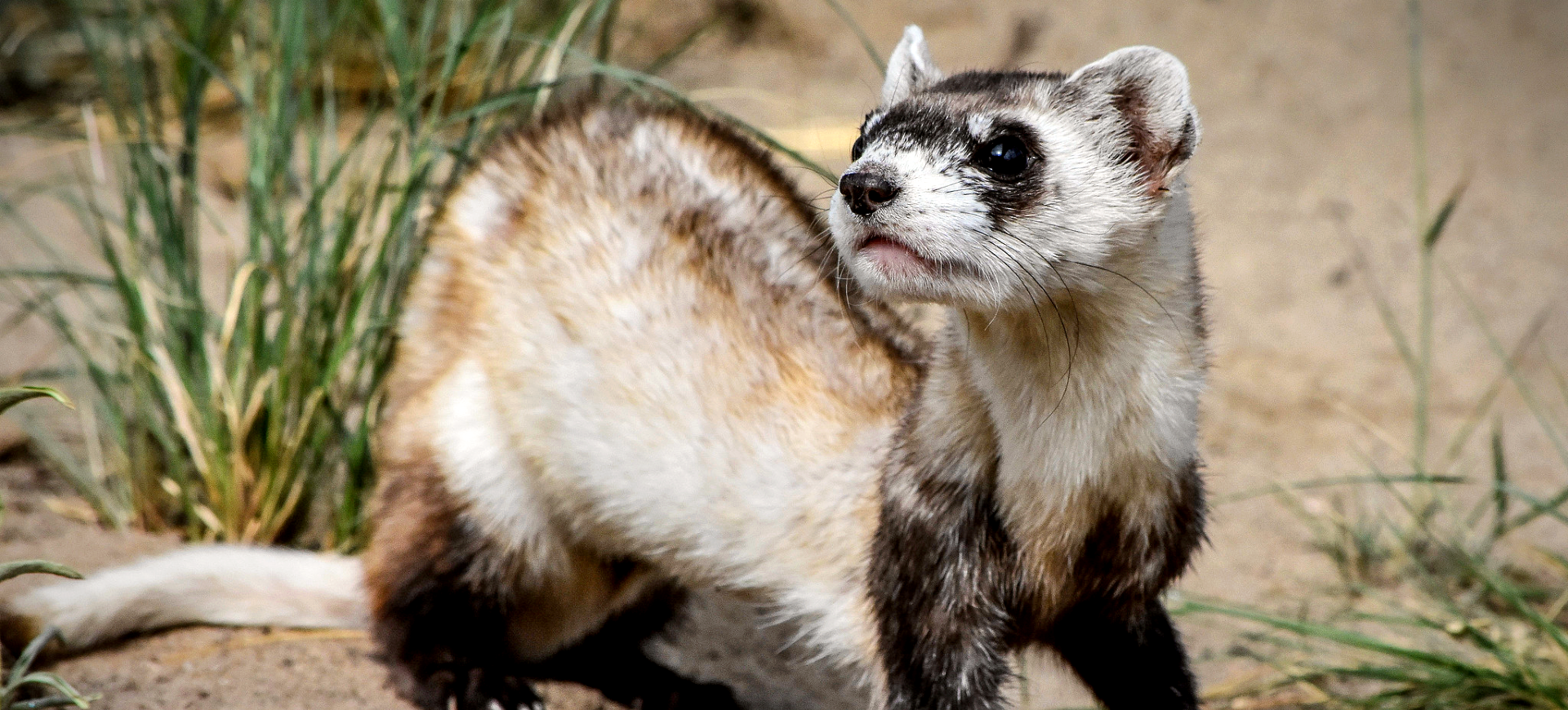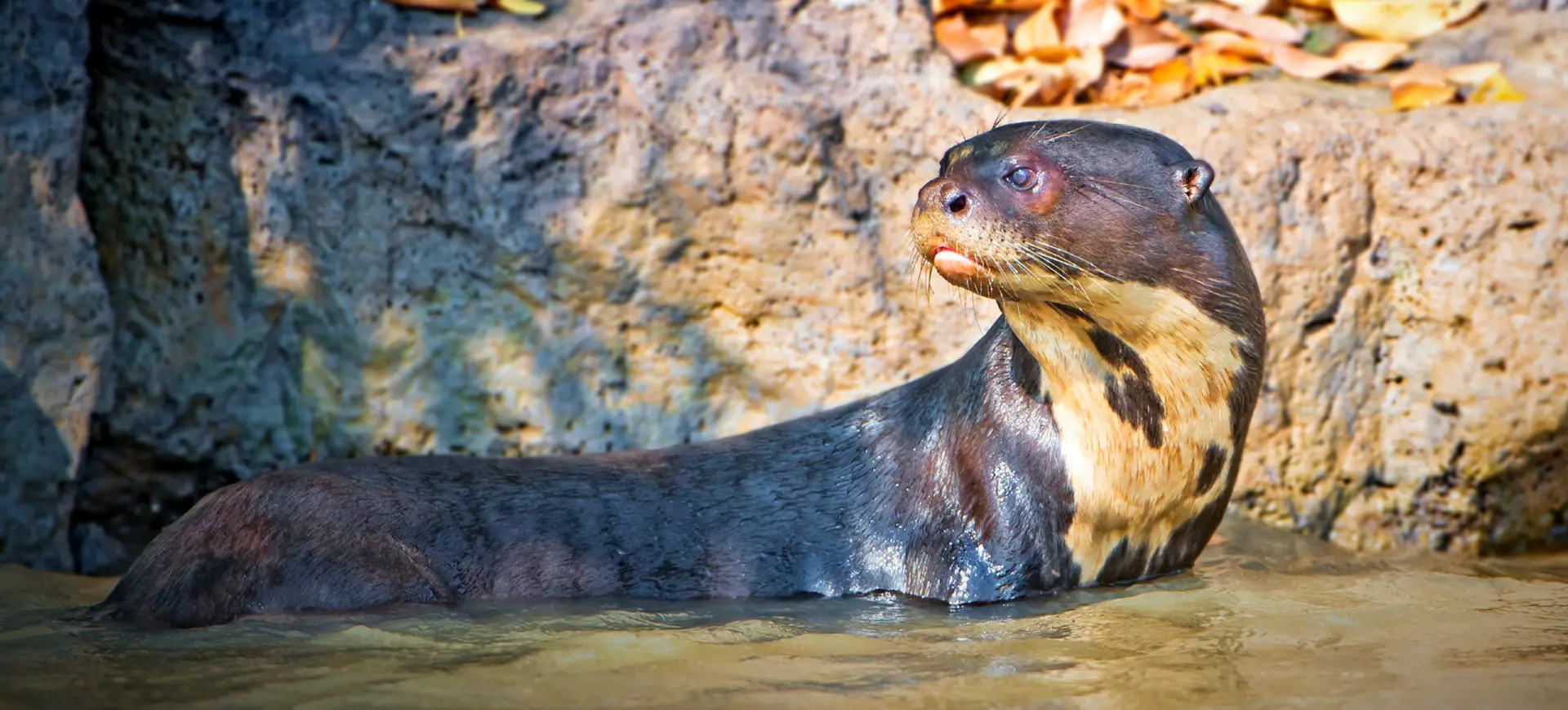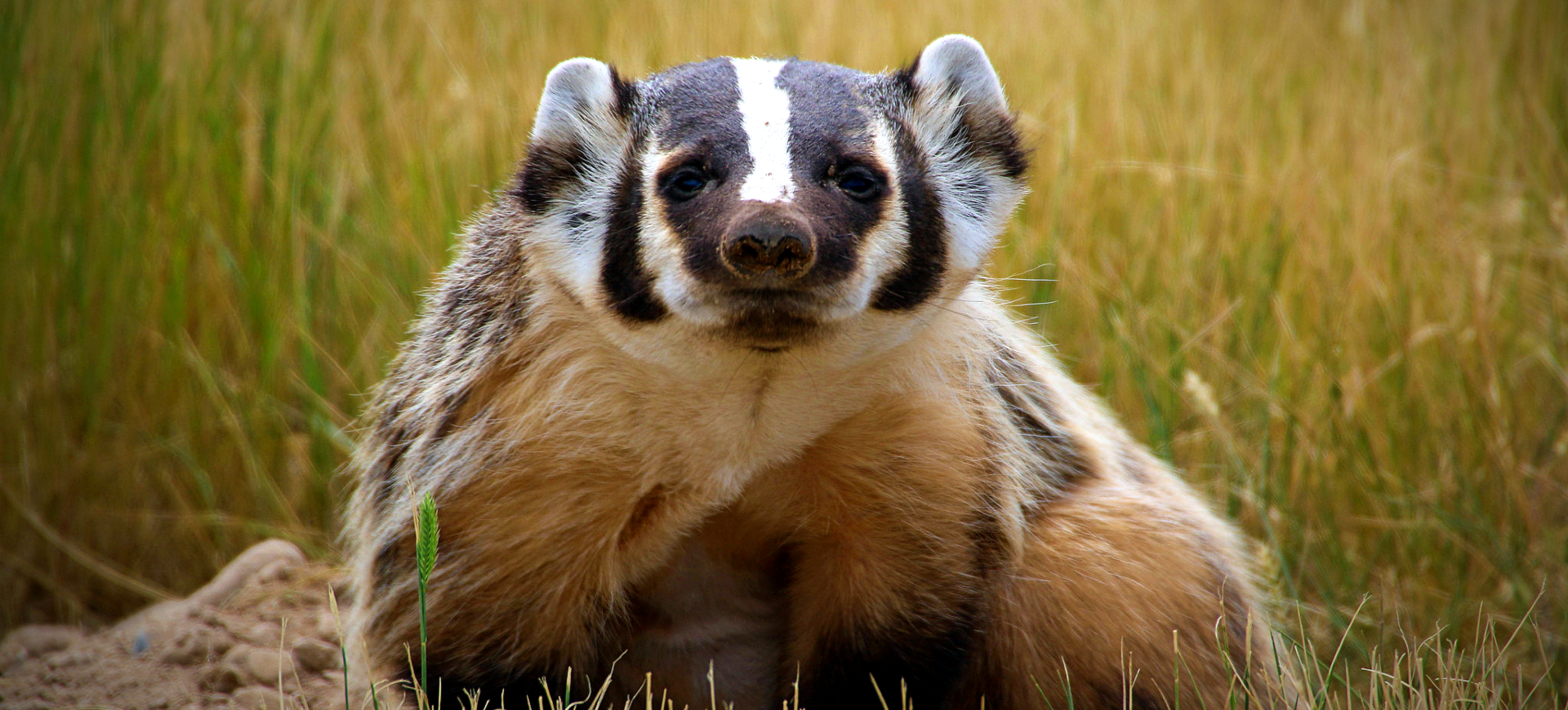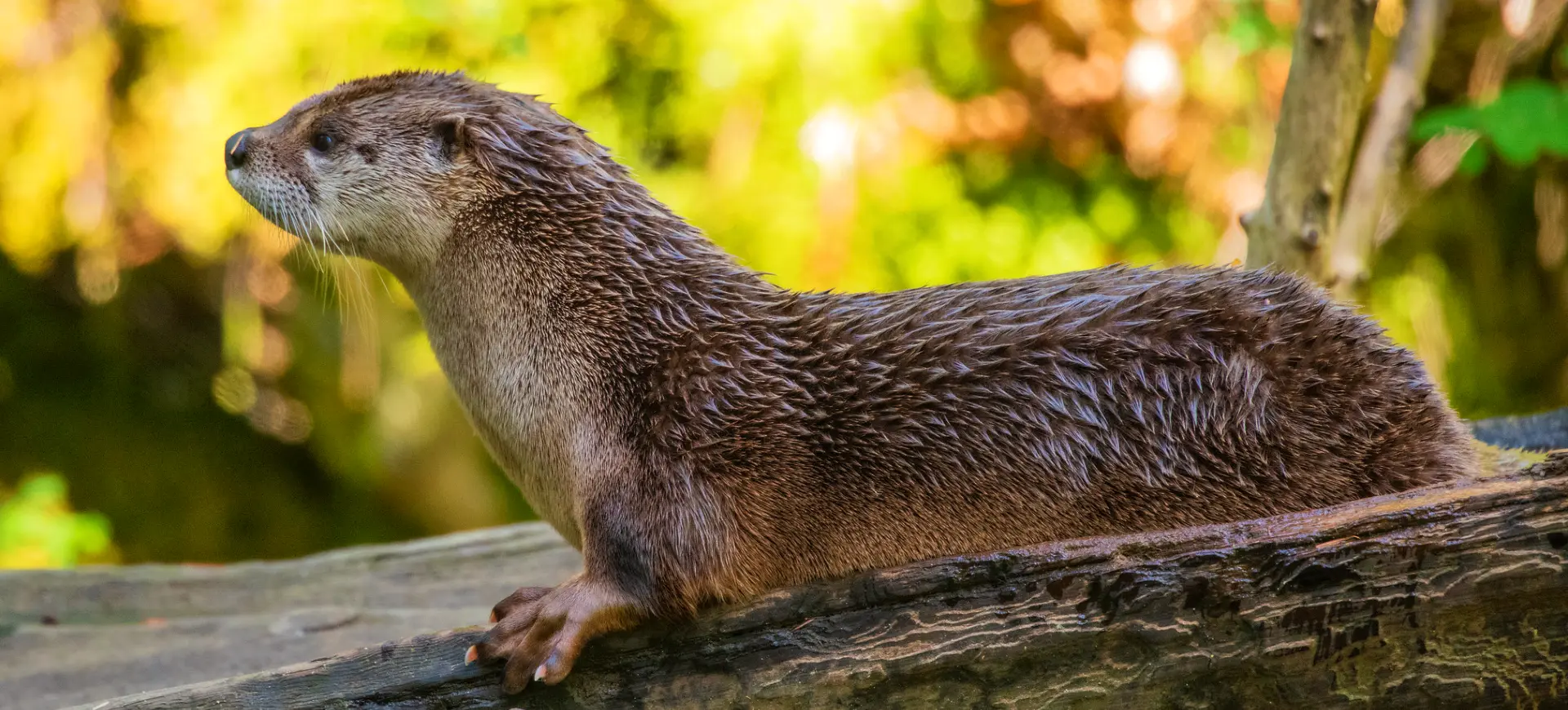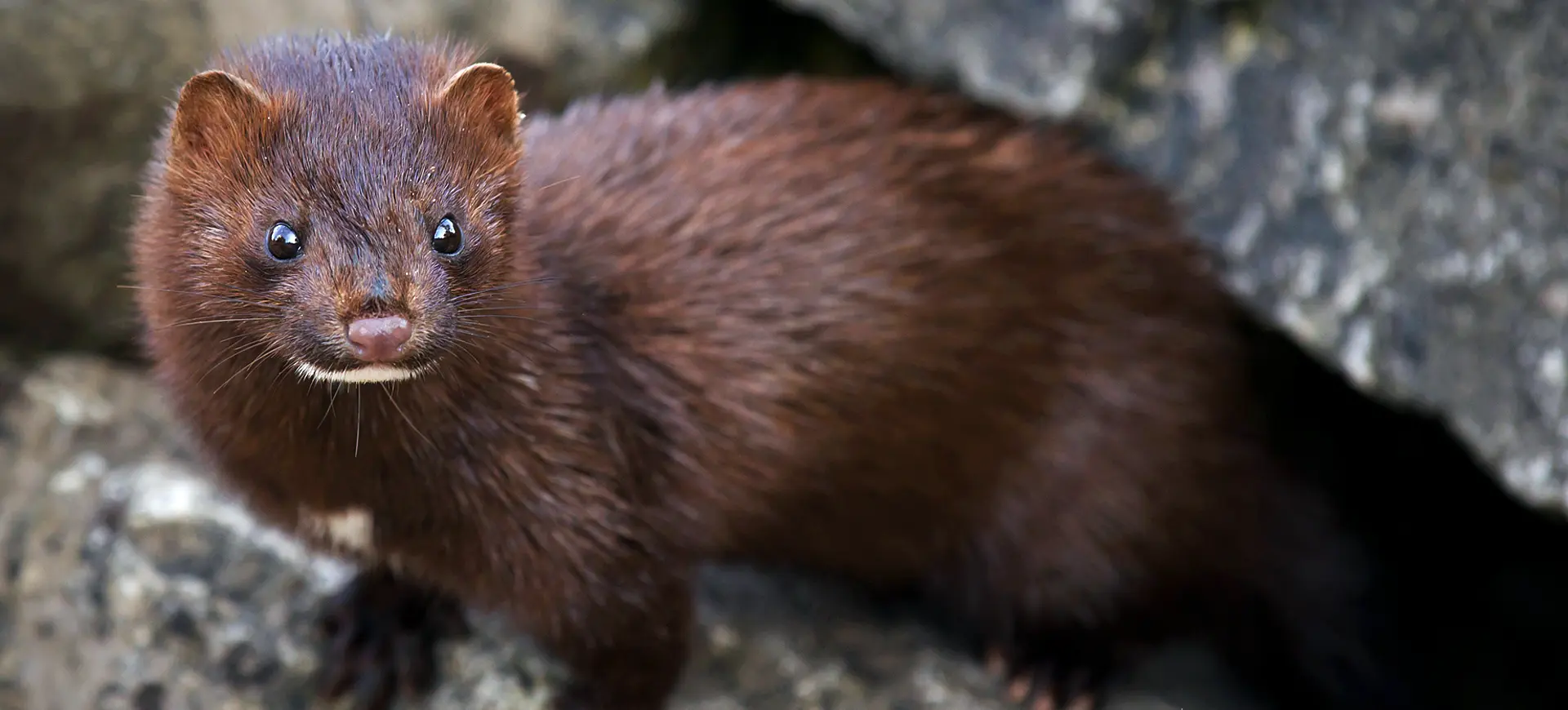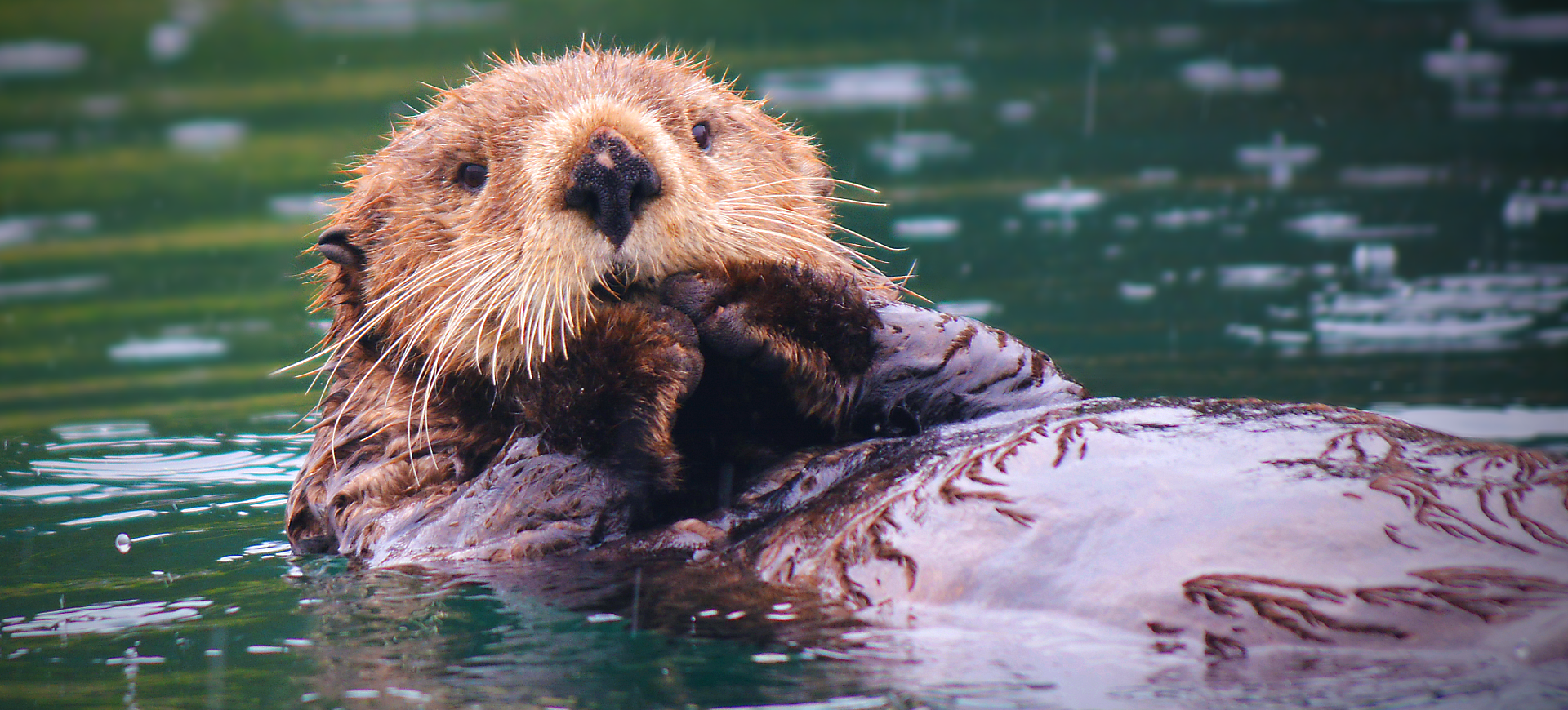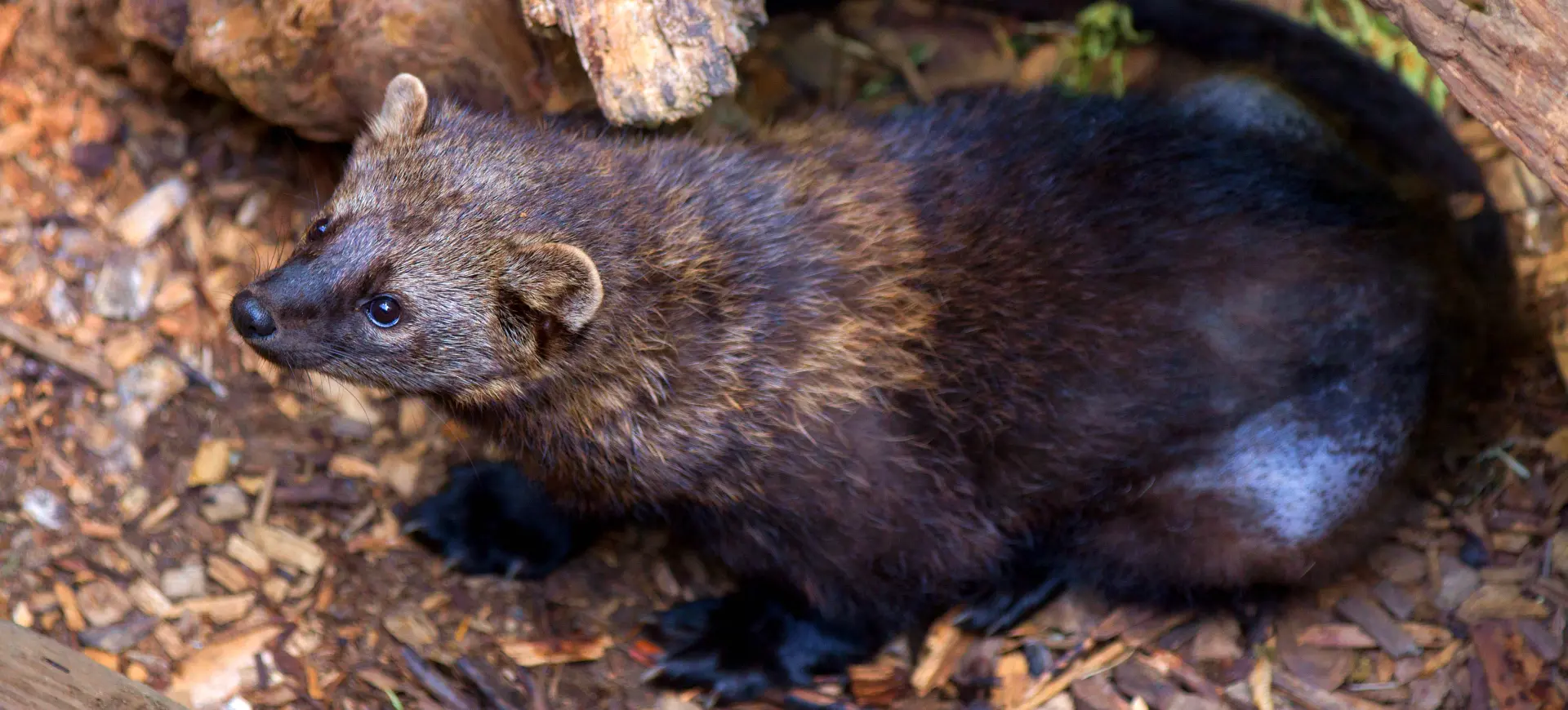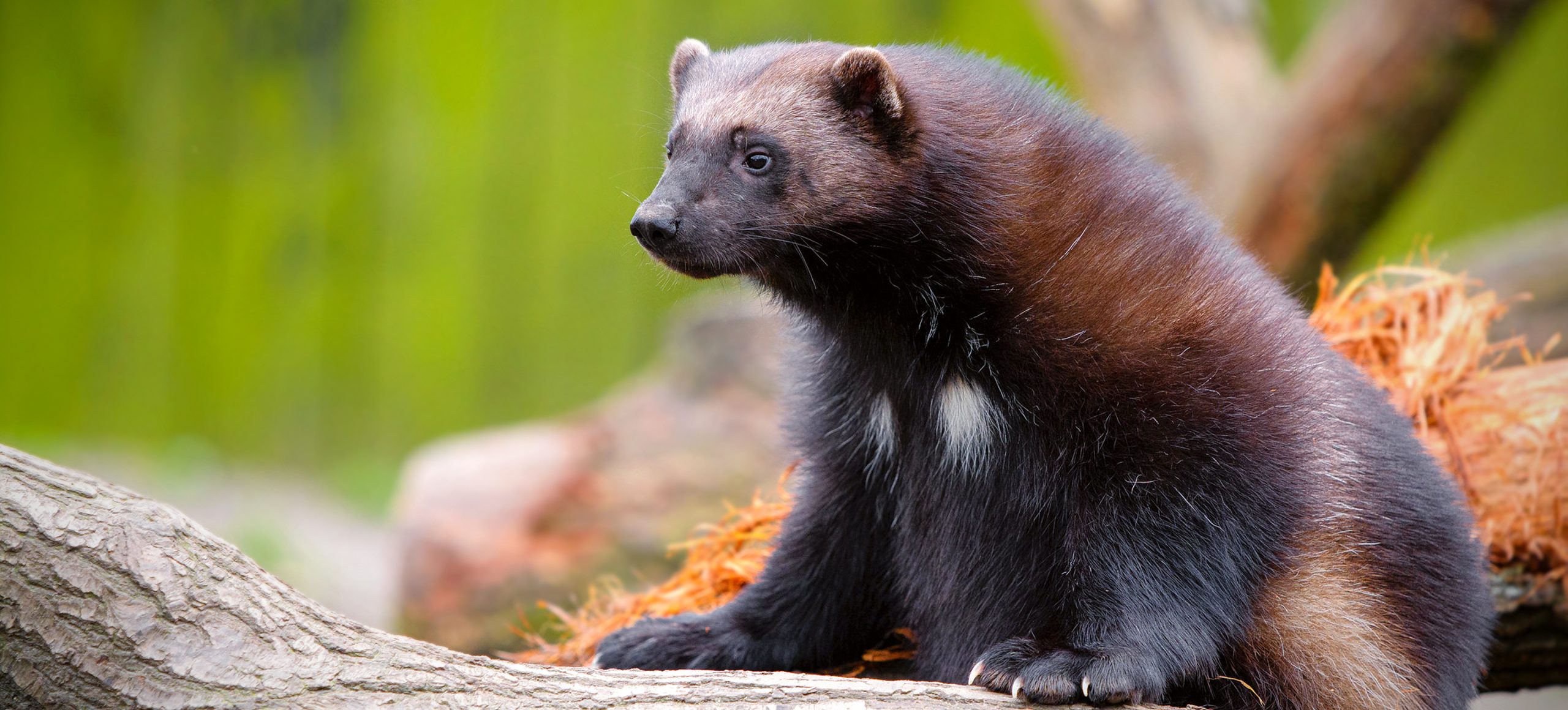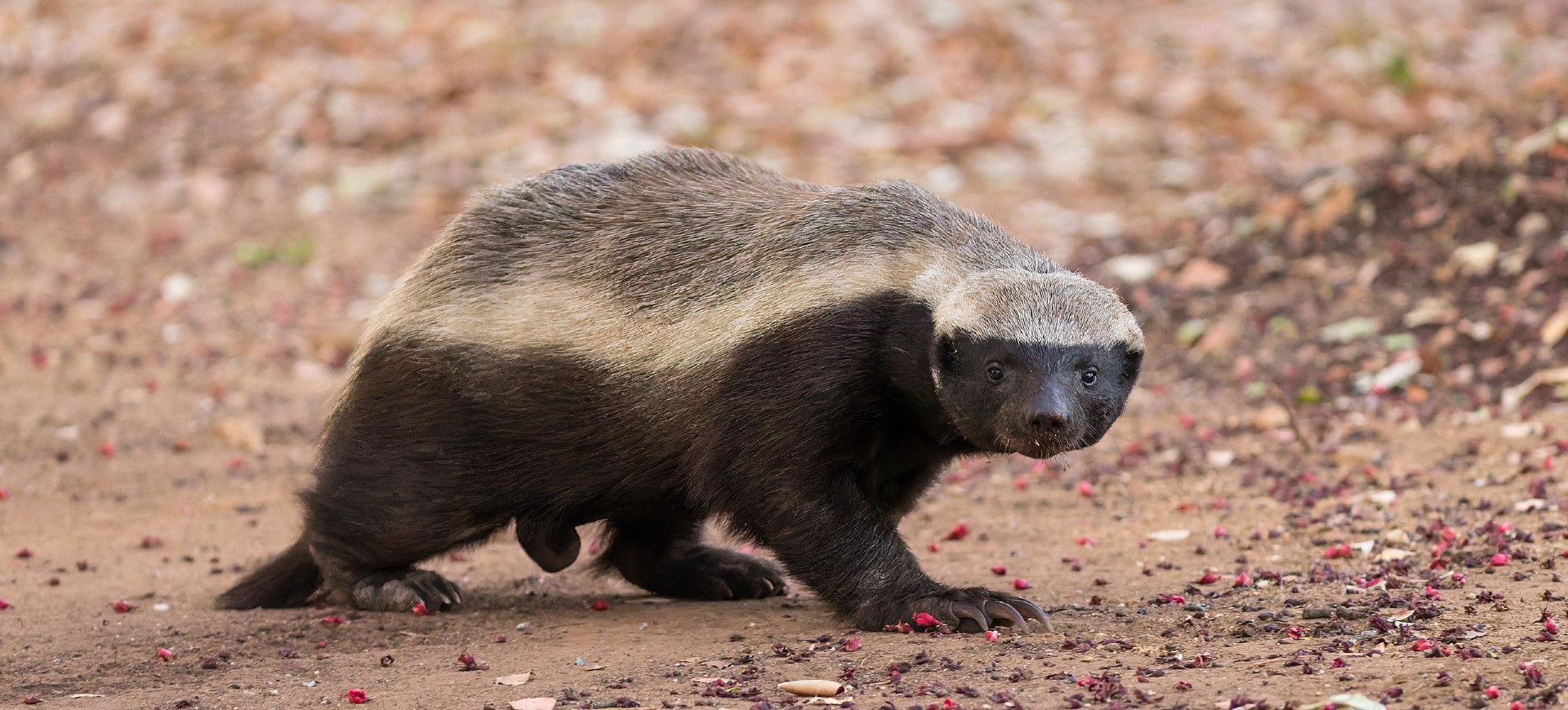Overview
The Tayra (Eira barbara) is a versatile and adaptable mammal from the weasel family. Its lithe body, robust limbs, and dark, sleek fur are notable features, complementing its agile lifestyle in diverse habitats. The Tayra’s versatility extends to its diet, which includes various prey items, showcasing its opportunistic feeding habits.
Despite being widespread across its range, the Tayra remains elusive to researchers and wildlife enthusiasts. Its secretive nature and predominantly nocturnal lifestyle make it a less-studied species in its family. However, the Tayra’s adaptability to different environments signifies its ecological importance in maintaining the balance within its ecosystem.
Their social behavior is intriguing, as they exhibit solitary and group dynamics. The Tayra’s communication methods, primarily vocalizations and scent markings, are crucial in its social interactions and territorial behavior. This aspect of their behavior highlights the complexity of their social structure within the animal kingdom.
Taxonomy
Kingdom
Phylum
Class
Order
Family
Genus
Species
Sub Species
Type
Physical Description:
The Tayra is distinguished by its elongated body, which is 56 and 71 cm long, with a bushy tail adding 37 to 47 cm. Its fur is predominantly dark brown or black, with a distinctive yellow or orange patch on its chest. The Tayra’s small, rounded ears and sharp, carnivorous teeth are well-suited for its predatory lifestyle.
Physical adaptations such as strong, semi-retractable claws and robust limbs facilitate its arboreal and terrestrial movements. The Tayra’s sensory capabilities, including acute hearing and smell, are essential for hunting and navigation in its habitat. These physical traits underline the Tayra’s hunter adeptness and adaptability to various environments.

Lifespan: Wild: ~18 Years || Captivity: ~20 Years

Weight: Male: 8.8 - 13.2 lbs (4 - 6 kg) || Female: 7.7 - 11 lbs (3.5 - 5 kg)

Length: Male: 22 - 28 in (56 - 71 cm) || Female: 20 - 26 in (51 - 66 cm)

Top Speed: 30 mph (48 km/h)
Characteristic:
Native Habitat:
Tayras are native to the Americas, with their habitat spanning from southern Mexico to northern Argentina. They are commonly found in tropical and subtropical forests in lowland and mountainous regions. This wide range in habitat demonstrates the Tayra’s adaptability to various environmental conditions.
Their preference for dense vegetation and tree canopies highlights their arboreal nature. Tayras also inhabit areas near human settlements, showcasing their ability to adapt to modified landscapes. This adaptability, however, sometimes leads to conflicts with humans, especially in agricultural areas.
Biogeographical Realms:
Continents:
Diet:
Diet & Feeding Habits:
Tayras are omnivorous, demonstrating a flexible diet that includes fruits, small mammals, birds, and insects. Their opportunistic feeding habits allow them to thrive in various environments, from forests to cultivated areas. This adaptability in diet reflects Tayra’s ability to navigate changing environmental conditions.
In the wild, Tayras prefer certain fruits, contributing to seed dispersal and thus playing a crucial role in their ecosystem. They are skilled hunters, utilizing their agility and keen senses to catch prey, a behavior that underlines their importance as natural pest controllers.
Mating Behavior:
Mating Description:
Tayras exhibit a polygynous mating system, where a single male may mate with multiple females. This mating behavior is typical among many mustelid species. The mating season for Tayras is not strictly defined, as it can vary depending on the geographical location and environmental conditions.
The gestation period for Tayras lasts about 63 to 70 days, after which the female gives birth to a litter of one to three offspring. The young are born blind and helpless, highlighting the significant parental care required during the early stages of their life. Offspring development is a critical period for the species’ survival, underscoring the importance of maternal care and protection in Tayra populations.
Reproduction Season:
Birth Type:
Pregnancy Duration:
Female Name:
Male Name:
Baby Name:
Social Structure Description:
Tayras exhibit a flexible social structure, primarily solitary but capable of forming groups, especially during mating season or when rearing young. This social flexibility allows them to adapt to varying environmental conditions and resource availability.
Their communication involves a range of vocalizations and scent markings, which are used for territorial marking and during mating. Understanding their social dynamics is essential for understanding their behavior and developing effective conservation strategies.
Groups:
Conservation Status:
Population Trend:
Tayras are generally solitary, although they occasionally form small family groups. This social structure is likely influenced by habitat, food availability, and mating opportunities. Despite being solitary, Tayras show social interactions during mating and raising offspring.
The population density of Tayras varies depending on the habitat. They can be relatively common in more favorable environments, while in other areas, they are rare. Understanding their population dynamics is crucial for effective conservation strategies, particularly in areas where their habitat is threatened.
Population Threats:
The primary threats to the Tayra population include habitat loss, fragmentation, and hunting. Deforestation and agricultural expansion significantly reduce their natural habitat, leading to population declines in affected areas. Additionally, Tayras are sometimes hunted or persecuted due to perceived threats to poultry or game species.
The impact of climate change on their habitat and prey availability is an emerging concern. These environmental changes could further exacerbate the challenges faced by Tayra populations, emphasizing the need for ongoing research and monitoring to understand and mitigate these threats.
Conservation Efforts:
Conservation efforts for Tayras primarily focus on habitat preservation and reducing human-wildlife conflicts. Protected areas play a vital role in ensuring the survival of Tayra populations by providing safe habitats away from human interference. Additionally, initiatives to educate communities about Tayras can help mitigate conflicts and foster coexistence.
Research and monitoring programs are essential for understanding Tayra’s ecology and informing conservation strategies. Collaborative efforts involving local communities, conservation organizations, and governments are crucial for effectively conserving this species.
Additional Resources:
Fun Facts
- Tayras are skilled climbers and often use trees for travel and shelter.
- They have a wide vocal range, including whistles and growls, used for communication.
- Tayras use tools, such as rocks, to crack open nuts.
- They have a unique mutualistic relationship with some species of fruit trees.
- Tayras are capable of swimming and often do so to catch aquatic prey.
- Their fur was historically valued and used in the fur trade.
- Tayras play an important role in controlling rodent populations.
- They have a distinctive musky odor, used for marking territory and communication.
- In some cultures, Tayras are kept as pets or working animals.
- They are known for their curiosity and often investigate new objects in their environment.










